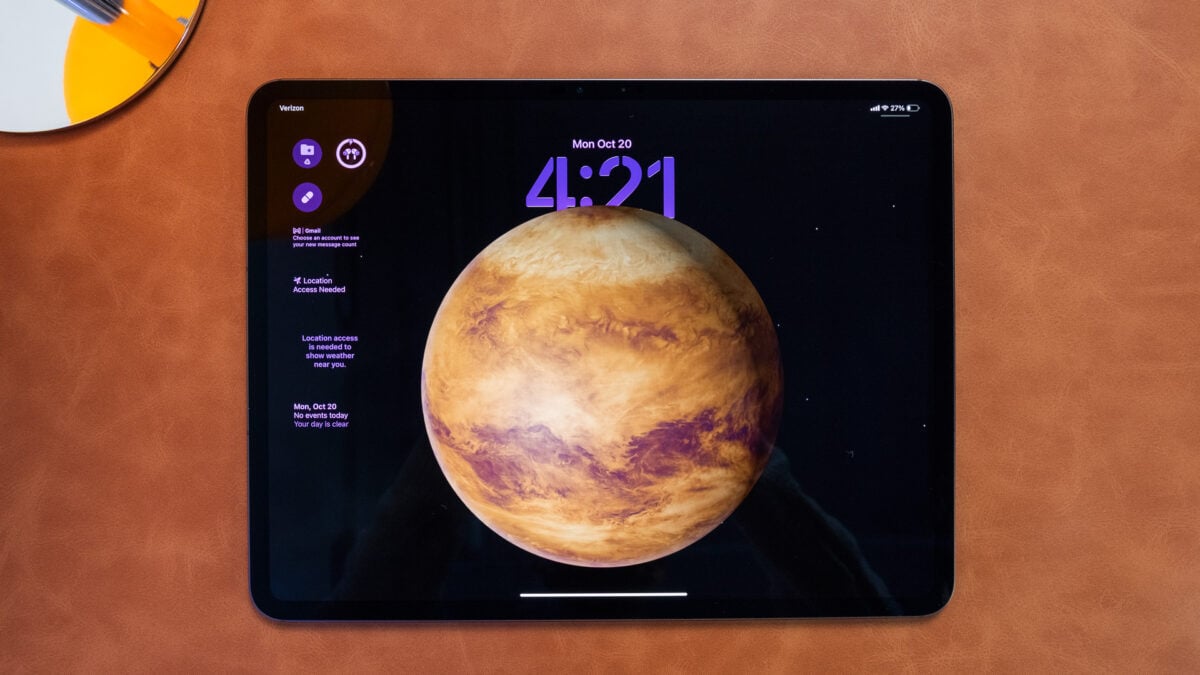Useful information
Prime News delivers timely, accurate news and insights on global events, politics, business, and technology
Useful information
Prime News delivers timely, accurate news and insights on global events, politics, business, and technology

The only foldables that make sense are phones. The promise of a large pocketable screen is enough that Samsung has almost perfected the design with the Galaxy Z Fold 7. Even Apple seems to want in on the folding action. Sure, we all want to see Apple’s version of a foldable iPhone. But if the iPhone maker still imagines it could stretch an iPad Pro’s screen to 18 inches, it should first ask itself whether anyone really wants to use a tablet the size of a pizza box.
Apple has been working on multiple foldable designs for the past few years, at least according to a slew of rumors and multiple public patents. One of those designs, a foldable 18-inch iPad, is reportedly hit a snagaccording to Bloomberg’s Mark Gurman. The report says the device was originally scheduled for release in 2028, although it may be delayed to 2029 or later. This delay is due to “engineering challenges” related to making a large screen feel light while still offering enough battery life and processing power that users tend to expect from the latest iPads.

Apple engineers run into the same problems many other companies have faced when designing large, laptop-sized tablets. The foldable iPad would apparently be the same size as a 13-inch MacBook Air when folded and would lack an exterior screen. When unfolded, its 18-inch wingspan would dwarf the total surface area of any other tablet or laptop. Such a device could also cost $3,000 or more, according to Bloomberg. Based on my past experience with foldable PCs, I wouldn’t really blame Apple if it decides to throw this project in the trash and focus its efforts elsewhere.
First, we need to talk about what a foldable even is. These devices use a thinner display layer than typically found on the average smartphone or tablet. This allows the screen to fold without breaking. Manufacturers like Google and Samsung, along with a host of Asian brands, have constantly iterated on hinge designs to keep devices stable even after opening or closing the device hundreds or thousands of times. If you look at an x-ray of a Samsung Galaxy Z Fold 7 when it is closed, you will find that the screen has a sort of oblong “U” shape, which helps protect the most sensitive part of the thin screen from any stray dust particles. Even then, foldable items are noticeably more prone to wear and tear. The only foldable phone to include an IP68 durability rating against dust and water is the recent Google Pixel 10 Pro Fold.

These size and durability issues with foldable screens get worse the larger the device gets. The 2023 HP Specter Fold cost $5,000 and was advertised as a true 3-in-1. It was a laptop, a tablet, and a fake desktop all in one. It was also the worst way to use any of those. When it rolled out, the device was an absolutely massive 17-inch tablet powered by a low-end Intel chip, which caused input lag and poor benchmarks. It was simply too big to hold comfortably. The only way to use it as a tablet was on a desk, awkwardly leaning over the screen.

The other problem is battery life. HP made some novel innovations, flattening the battery so that it effectively took up one end of the laptop/tablet/desktop case. That left little room for other components to allow the device to function well. It was the same problem I had with the Lenovo ThinkPad X1 Fold 16. Even if that screen seemed more manageable at 16.3 inches extended, it didn’t seem as powerful as a $2,500 device should be. Apple has a good track record with its iPad Pros with M4 and new M5 versions in both size and battery life. But even if you could remedy the weak points, such a device would still offer a worse experience than a standard tablet.
Apple can imagine placing a Magic Keyboard inside the folds to create a sort of iPad sandwich. PC makers Lenovo, Asus and HP have tried this before with mixed success with their foldable laptops. The problem is offering a comfortable feel when you don’t have the palm rests you normally have on a laptop. No matter what, a foldable iPad or foldable Mac will feel like a loose bag of compromises. Instead, just give us the rumored touchscreen OLED MacBook Pro.